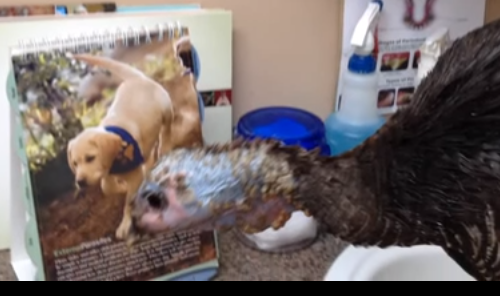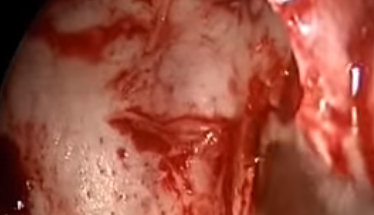Lecture Overview
In his first lecture, Dustin explains that adaptive immunity allows an individual to specifically recognize and respond to a vast number of molecules. B cells recognize intact antigens and produce neutralizing antibodies. T cells, on the other hand, have receptors on their surface that recognize very small antigen fragments bound to MHC on the surface of antigen presenting cells (APC). Dustin explains that T cells overcome the challenges of finding and binding to the APCs with the help of a multitude of adhesion molecules. Once the T cell receptor has bound a peptide antigen, an immunological synapse, with its typical bulls-eye structure, is formed resulting in T cell activation.
In Part 2, Dustin describes how a reconstituted system has allowed the immunological synapse to be studied in molecular detail. It is possible to visualize the localization of signaling molecules such as kinases, and determine the role of the actin cytoskeleton in regulating this localization. Dustin also touches on the role of the immunological synapse in autoimmune disease and cancer.
In his last lecture, Dustin presents work from his lab showing that T cell receptor enriched vesicles are generated in the immunological synapse. These vesicles can be transferred to B cells leading to activation of the B cells and, potentially, the production of higher specificity antibodies.
Speaker Bio
Michael Dustin is Professor of Immunology and Director of Research at The Kennedy Institute of Rheumatology at the University of Oxford. Prior to joining the Kennedy Institute, Dustin was a faculty member at the Skirball Institute of Biomolecular Medicine at New York University from 2001-2013 and at Washington University School of Medicine from 1993-2000. Dustin received his BA in Biology from Boston University and his PhD in Cell and Developmental Biology from Harvard University.
As described in his iBioSeminar, Dustin’s lab studies the molecular events that take place at the immunological synapse. Future research will focus on developing therapies targeted to the immunological synapse to cure chronic inflammatory illnesses such as rheumatoid arthritis.
Dustin is an active participant in the immunology community; he is a member of numerous grant review committees and journal editorial boards. His research has been recognized with many awards including the 2000 Presidential Early Career Award in Science and Engineering and the 2012 DART-NYU Biotechnology Achievement Award.
Medical and Patient education videos
-
Title
Description
-
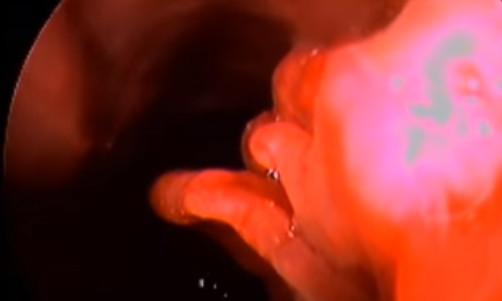
Nasal aspergillosis in 8 years old dog with sneezing, reverse sneezing and epistaxis. After rhinoscopy the nasal cavity was flooded with 10% enilconazole solution during 60 min. We had to change the type of scope to clean the fungal plaque over the caudal recess of the right frontal sinus.
-
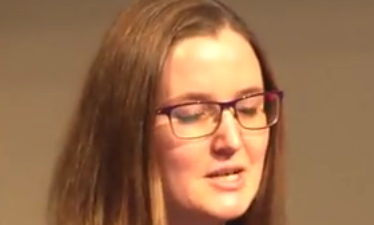
Published on 31 Jan 2015 Dr Gemma Johnson, Public Health England
-

Published on 10 Jul 2014.
Patient information video outlining the role of antibody testing in the management of Aspergillosis
-
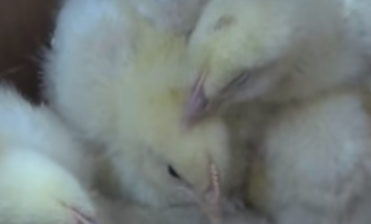
Published on 2 Nov 2013.
Gasping is a typical sign of aspergillosis in chicks.
-
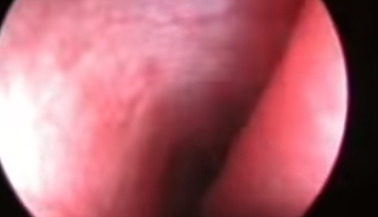
Published on 4 Apr 2013.
Placa micótica sobre cornete etmoidal con destrucción de turbinado. Perra mestiza de 9 años de edad con descarga nasal unilateral muco-sanguinolenta.
[Mycotic plate on ethmoid turbinate with tissue destruction. Bitch, 9 years old, nasal unilateral discharge.]
-

Published on 27 May 2013.
Paper presented at the Annual Meeting of the Lebanese Pulmonary Society – Mövenpick Hotel – April 24th to 27th, 2013 – Beirut – Lebanon Conférence présentée lors du Congrès annuel de la Société Libanaise de Pneumologie – Hôtel Mövenpick – 24 au 27 avril 2013 – Beyrouth – Liban
-
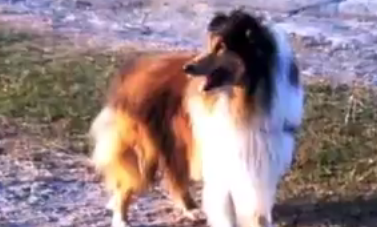
Moffe is a dog that got well from Nasal Aspergillosis. He is a collie, born with a brain damage, as has been documented with cerebral CT scan, he is blind at one eye and deaf at one ear, he is scared of strange places and slippery floors, and is skinny with poor appetite. When he was 7 years old, he was diagnosed with gingivitis and nasal Aspergillosis. According to scientific papers, Aspergillosis is hard to treat, and the veterinaries strongly recommended euthanasia. However, a dentist veterinarian proposed to try to retract some teeth. After this, he recovered. He did not receive any treatment for the Aspergillosis besides retraction of teeth. Now, more than two years ago, he has not had any more problems with his nose or his teeth. I hope this information could be of interest to other owners of dogs with Aspergillosis.
-
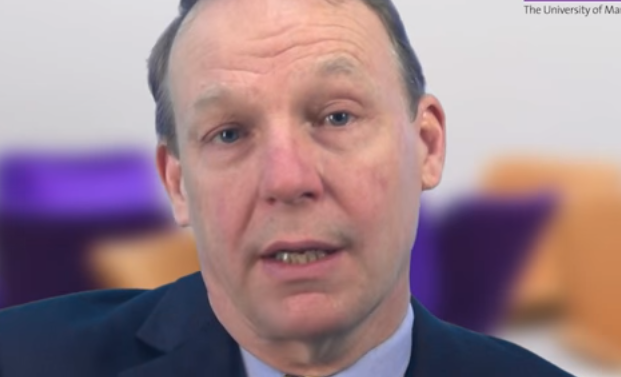
Fighting the agile aspergillosis by David Denning

